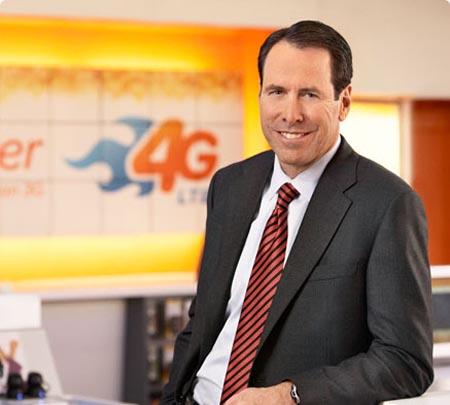
It's been a while since AT&T offered an unlimited data plan to its customers, but if it were up to AT&T CEO Randall Stephenson, the carrier may not have offered such an option at all. In an interview during the Milken Institute's Global Conference this week, Stephenson was discussing the iPhone and revealed that he doesn't like how AT&T offered bottomless data to owners of the device when it first arrived. "My only regret was how we introduced pricing in the beginning, because how did we introduce pricing? Thirty dollars and you get all you can eat,” Stephenson said. "And it’s a variable cost model. Every additional megabyte you use in this network, I have to invest capital.”
The exec went on to describe how he has concerns about new products that could replace AT&T services, like iMessage and Skype affecting the carrier's voice and texting offerings. "You lie awake at night worrying about what is that which will disrupt your business model,” Stephenson explained. “Apple iMessage is a classic example. If you’re using iMessage, you’re not using one of our messaging services, right? That’s disruptive to our messaging revenue stream." In the end, though, Stephenson says that he doesn't regret offering the iPhone, despite the fact that he says that the Cingular board was nervous about the device and its ability to change the carrier's business model.
AT&T currently offers a data plan that includes 3GB for a price of $30 per month, the same price that it used to charge for an unlimited data plan, along with a fee of $10 for each additional gigabyte used. That allows AT&T to make more from heavy data users rather than charging them a flat fee each month, which explains why Stephenson would regret offering an unlimited data plan in the iPhone's early days. Now unlimited plans are somewhat of a rarity, with Sprint being the only carrier of the U.S. big four that offers data that's not tiered or throttled. If you'd like to watch Stephenson's full interview from the conference, you can find it embedded below.
Via Engadget, The New York Times Bits Blog, Milken Institute